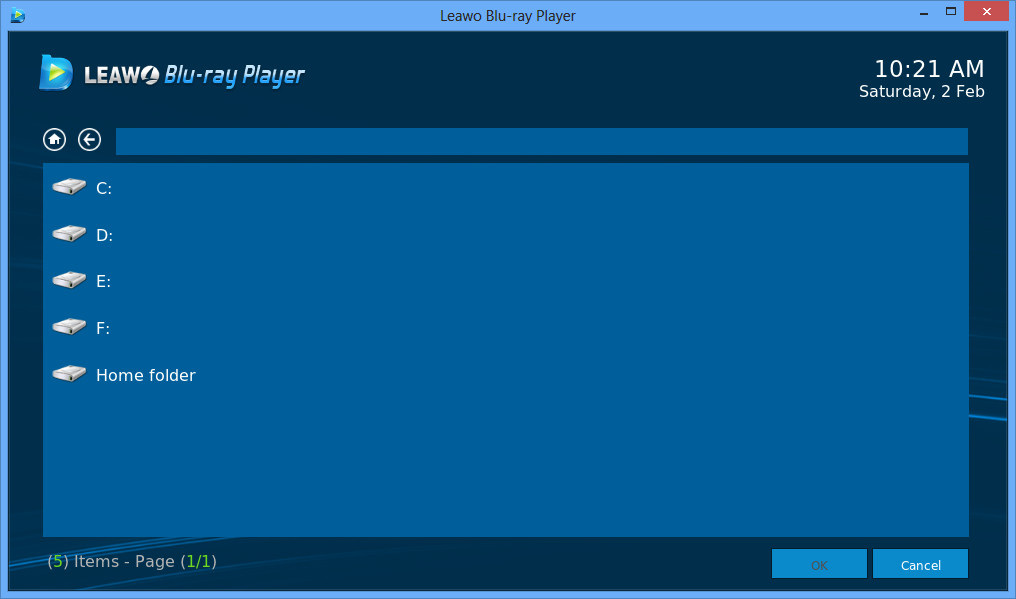

Or use the Speaker Calibration feature of the AVS Media Player. Move yourself in your room so that the distance between you and all the speakers were the same If you want to further increase the impression from the movie, you will need to setup your audio environment correctly.

Setting AVS Media Player audio parametersĪnd that's not all yet. Read step-by-step instructions below on how to playback your home video files collection on your personal computer using AVS Media Player. See a full list of Supported Formats here. Video files: Audio Video Interleaved Files (*.avi), MPEG Video Files (*.mpg *.mpeg *.mpe *.mp4 etc.), Windows Media Video (*.wmv *.asf *.asx), Video CD (*.dat), QuickTime Movie (*.mov *.qt), Mobile Video (*.3gp *.3gpp *.3g2 *.3gp2), DV Files (*.dv), Microsoft Digital Video Recorder (*.ms-dvr *.dvr-ms), Google Video Files (*.gvi), OGG Video Files (*.ogm), Matroska Video Files (*.mkv), Flash Video (*.flv).Īudio files: WAV Files (GSM, ADPCM, DSP and others), MP3 (MPEG-1/2 Layer 3, including VBR), MP2 (MPEG-1/2 Layer 2), M4A Files, WMA (Windows Media Audio 9), Ogg Vorbis (ver 1.0), AAC Files, MPC (MusicPack), AIFF (Apple), AU (UNIX). AVS Media Player supports the playback of the following video and audio file types:

You will need to have a player that will let you playback media files of various formats - video and audio. Turning your personal computer into a multimedia center is quite easy.


 0 kommentar(er)
0 kommentar(er)
